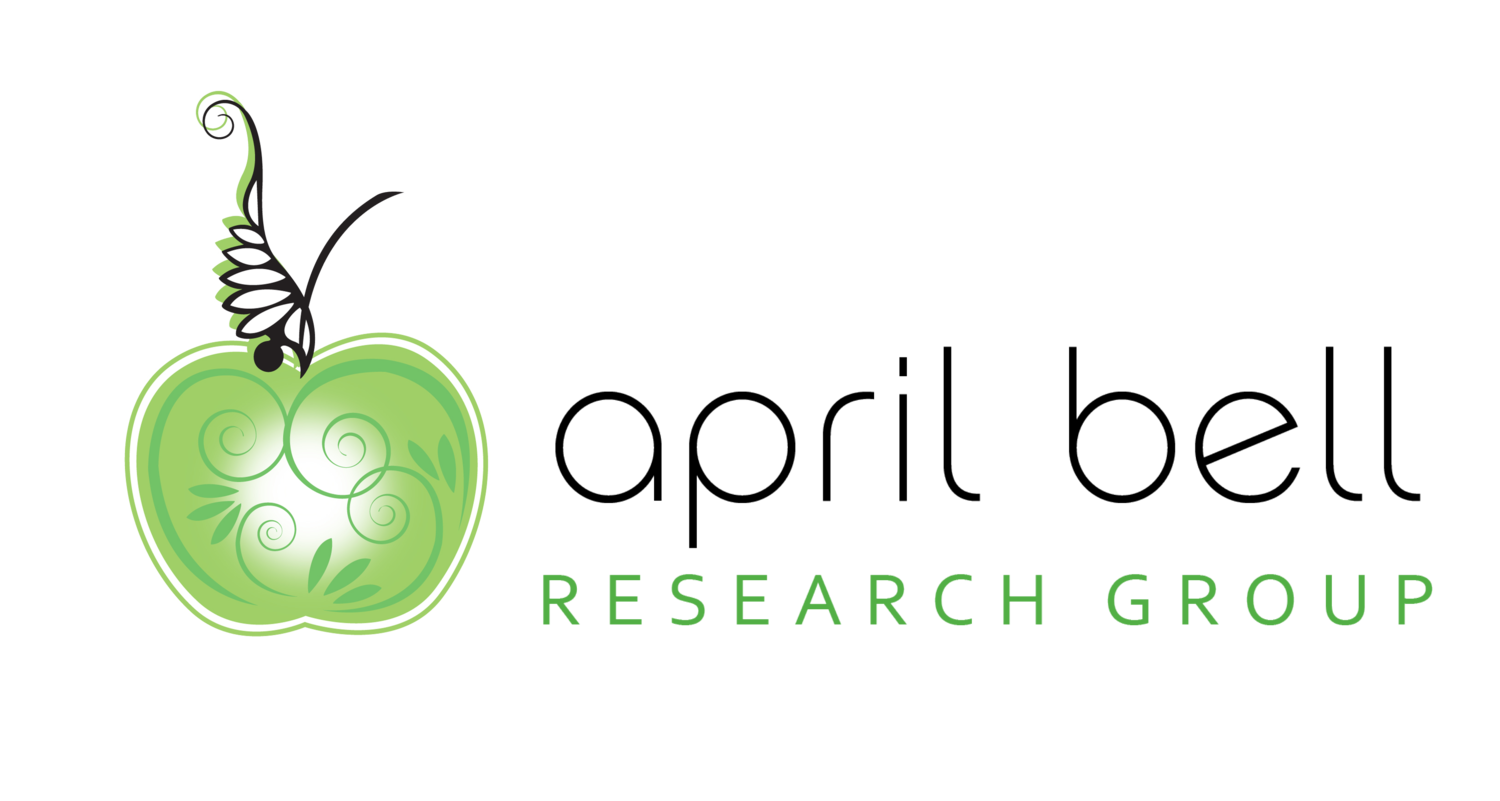
If you missed Herb Sorensen's presentation on on Retailing: The Return to Personal Selling, you should check out his book. No one doubted his passion for the subject as he walked us through the "history of retail" before giving us his take on the "future of retail." "The need for efficiencies" he claims, is the reason the retailer/consumer relationship has evolved to where it is today. "It has always been about efficiencies and where we are today is simply because of this."
The following quote summarized his point: "One hundred years ago retailers ran their stores by watching their customers closely. Somewhere during the last hundred years, spread sheets, slotting allowances, and quarterly performance replaced the basic principles of the business." Norm Myhr, Group Vice President Sales and Promotion and Marketing, Fred Meyer.
He mentioned P&G's early "Soap Opera Ad" and Sears "Wish Book Catalogs" as examples of how we began getting consumer's attention outside of the store when it became difficult to do so inside the store.
And now, "everyone is realizing the system of communicating to consumers 'outside of the store' is not working due to the fragmentation we have" {due to MTV, Facebook, etc.}
Statistics he cited include:
In 95, 3 commercials reached 80% of women 18-49
In 2000, it took 92 commercials to do the job
He concluded with how he sees the future of retail, titled: the "Amazonification" of Retail. "Because Amazon gets it, that the selling is always about the closing... Amazon understood that they had to 'close the sale fast.'" And now, "the real battle in retailing is between Wal-Mart and Amazon." So, how will we get personal selling back in the store? By "pulling the internet into the store," he claims.
Also, other tips he gave for "closing the sale" in the store included:
- Provide only a few "Top Seller" tags in the aisle
- Brand call out tags on packaging: "Shoppers #1 Choice"
- To make it clear, you can only do that with 1 or 2 items
I think I'll buy the book.



















